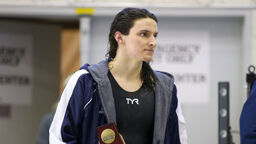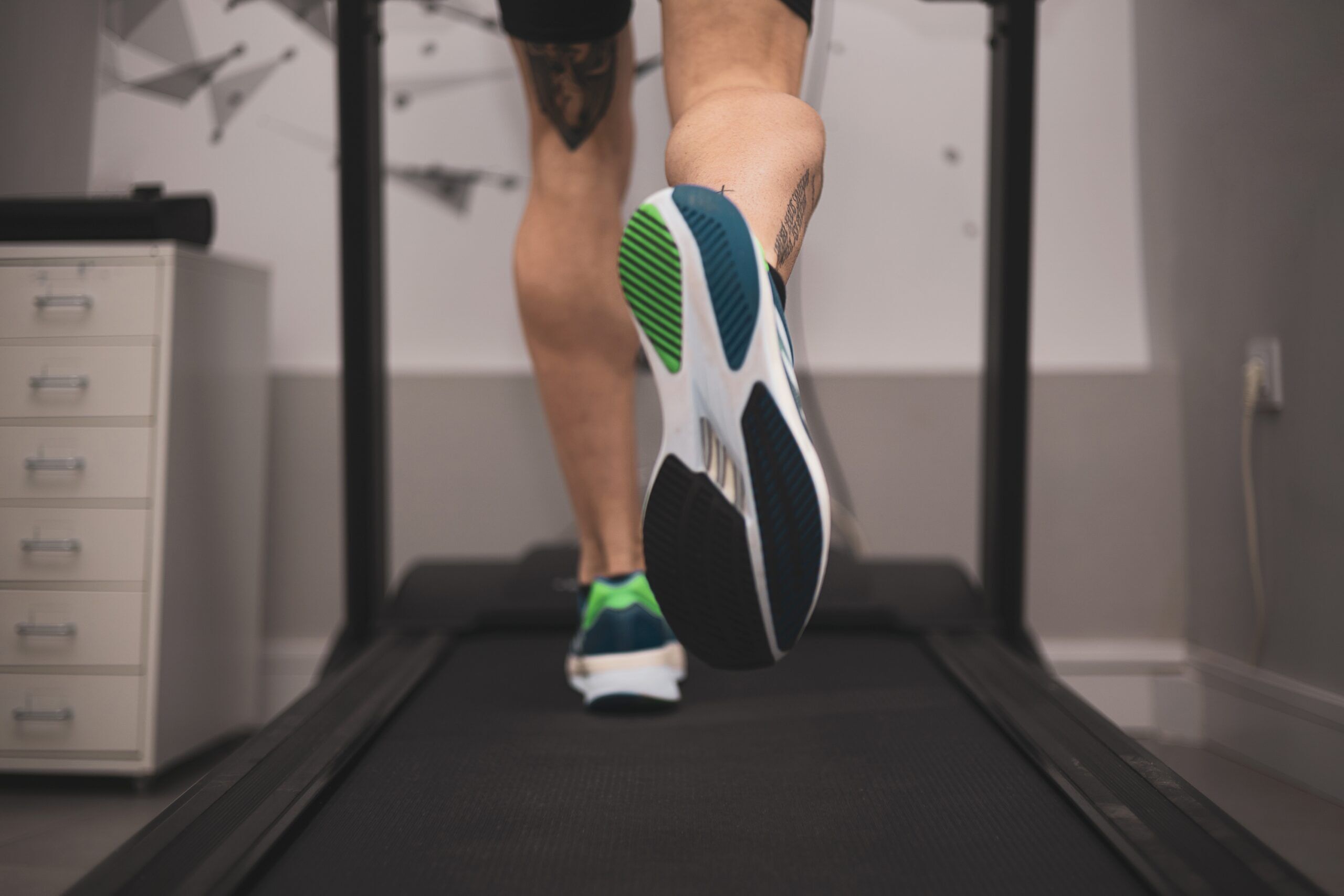Results from a first-of-its-kind study comparing the strength, power and aerobic capacity of transgender athletes with cisgender athletes have been published in a major medical journal, with the authors cautioning sports bodies not to pass blanket bans without doing proper research.
Researchers invited 23 trans women and 12 trans men to undergo a series of performance tests in laboratory conditions, while also putting 21 cis women and 19 cis men through the same tests.
In certain cardiovascular tests, the trans women performed worse than the cis women, and were found to have less lower-body strength, according to the study published Wednesday in the British Journal of Sports Medicine.
Related


NAIA accused of bowing to ‘political pressure’ over ban on trans women student-athletes
The small colleges governing body has decided to exclude transgender women student-athletes, with Chris Mosier among those critical of the ban.
By Karleigh Webb | April 9, 2024

6 truths and myths about Lia Thomas, trans athletes and women’s swimming
There is lots of information, and falsehoods, shared about Penn swimmer Lia Thomas.
By Cyd Zeigler | January 6, 2022
Get off the sidelines and into the game
Our weekly newsletter is packed with everything from locker room chatter to pressing LGBTQ sports issues.
Lead researcher Professor Yannis Pitsiladis told Outsports “the main takeaway message is the requirement of international federations (and their “experts”) to treat trans women very differently to cis men.”
Pitsiladis is on the Medical and Scientific Commission of the International Olympic Committee, which helped to fund the research via a grant.
He added: “It follows that research conducted comparing biological men to biological women is almost irrelevant in this debate and evidence from such comparisons should not be used to inform policy as is the case by many “armchair professors” advocating the default ban position.
“Our study also stresses the need for studies to be conducted in trained individuals / athletes. The use of non-trained individuals / non-athletes (cis and trans) is also of limited to no use.”

All the athletes involved in the tests were required to participate in competitive sports or take part in physical training at least three times a week. The average age was 34 years old.
Meanwhile, all 35 trans athletes had to have completed more than one year of gender affirmation hormone therapy (GAHT).
Of the full cohort, 36% were active in endurance sports, 26% in team sports and 38% in power sports, with none of those involved competing at national or international level.
The study was designed by another of the lead researchers, Blair Hamilton of the University of Brighton, with support from colleagues at Heriot-Watt University in Edinburgh, the University of Rome and Hong Kong Baptist University. Pitsiladis is based at HKBU.
The tests assessed body composition, lung function, cardiopulmonary exercise testing, strength and lower body power.
Among the results was a determination that the trans women athletes had decreased lung function compared to the cis women athletes.
In addition, the bone density of the trans women athletes was found to be equivalent to that of the cis women. Bone density is linked to muscle strength.
The researchers say their findings “reveal notable disparities in fat mass, fat-free mass, laboratory sports performance measures and hand-grip strength measures between cisgender male and transgender female athletes.
“These differences underscore the inadequacy of using cisgender male athletes as proxies for transgender women athletes.”
Pointing to guidance issued by the IOC in November 2021, which moved away from a previous policy that required competing athletes who are trans to undergo “medically unnecessary” procedures or treatment, they added: “Based on these limited findings, we recommend that transgender women athletes be evaluated as their own demographic group, in accordance with the principles outlined in Article 6.1b of the IOC Framework on Fairness, Inclusion and Non-Discrimination based on Gender Identity and Sex Variations.”
The authors also concluded: “This research shows the potential complexity of transgender athlete physiology and its effects on the laboratory measures of physical performance.”
Noting the shortcomings of their cross-sectional, lab-based study, which had a limited sample size, they added: “A long-term longitudinal study is needed to confirm whether these findings are directly related to GAHT.”
Sports governing bodies will be invited to study the data, with the researchers also emphasizing the need for sports-specific studies to inform policy making.
Prof. Pitsiladis was a guest speaker Tuesday at SportAccord in Birmingham, U.K., a major conference for international sports federations. He spoke on a roundtable panel titled “Examining the implementation and development of rules for transgender athletes in International Federations.”
Academic + medical experts, sports leaders, and lawyers are now discussing the complex topic of rules for #transgender athletes in International Federations at LawAccord. #SportAccord #PowerOfSport #sportslaw pic.twitter.com/jougYcTm2F
— SportAccord World Sport & Business Summit (@sportaccord) April 9, 2024
Asked by Outsports what might happen next after this week’s publication, Prof. Pitsiladis said he hoped it would help to convince the IOC to contribute funding that would allow for further research that takes a multicentre approach, involving many international federations.
He noted how smaller sports federations with less resources or expertise feel “somewhat lost” on the topic of trans inclusion and need more assistance. “Their only real option is to follow the big federations and hope for the best,” he said.
Pitsiladis believes the newly-published study can have an impact on inclusion, but is cautious over how others will interpret the results.
“It’s my expectation that it may become a little easier for some federations developing their policies to reject the default position adopted by some of the large federations to ban trans women athletes in the absence of scientific data to support such a position.
“But I suspect most will follow the positions of the large federations to ban. Also, it’s unlikely that those large federations will change their position as they are now too invested and they don’t really look at the science or evidence.
“Their wish is mainly to appease their membership and the decisions being taken are mainly justified by politics and dictates, rather than science.”

























